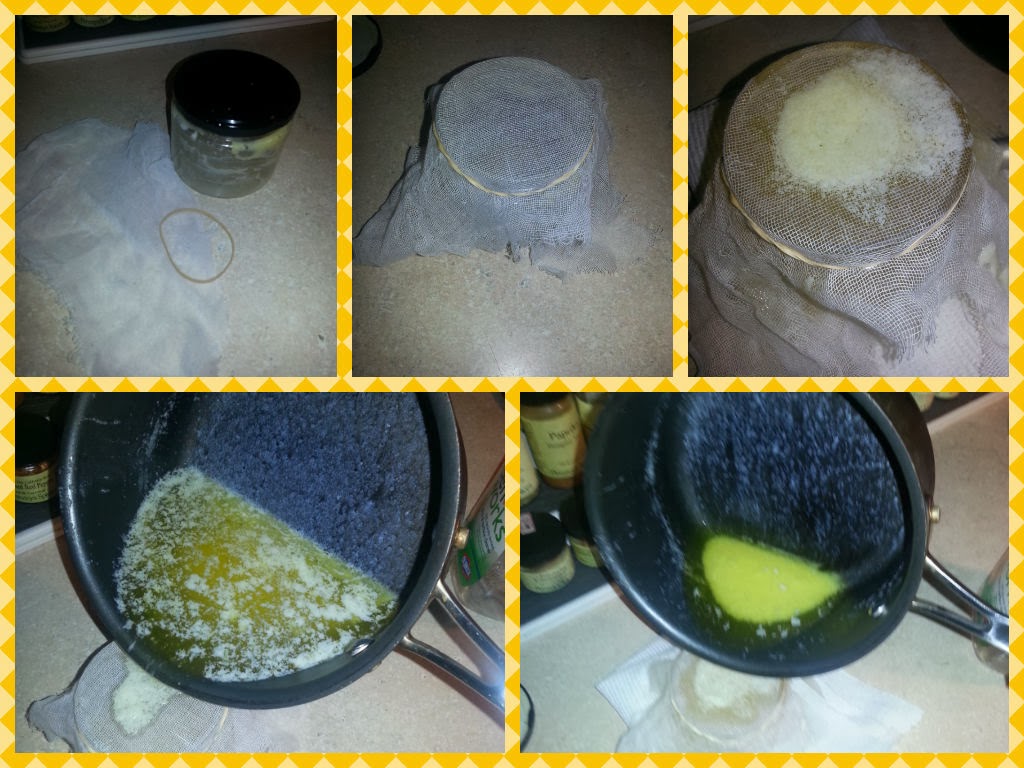This is a simple and easy stock recipe using your leftover chicken bones. I tend to roast whole chickens often and I always try to get more bang for my buck by using the remnants from one nights dinner to stock up on this basic kitchen essential. What's great about making homemade stock is that it's one of those "set it" and "forget it" kind of recipes. All you need to do is basically throw all the ingredients in a pot
Ingredients:Leftover chicken bones and skin
3 or 4 carrots (quartered)
1 large (unpeeled) onion (quartered)
3-4 pieces of celery (quartered)
A handful of fresh parsley with stems
2 bay leaves
8-10 peppercorns
2-4 garlic cloves (crushed)
cold water
Thyme (fresh if possible)
1/4 tsp Salt
1/4 tsp Pepper
Optional ingredients:
Other herbs
1 Parsnip (quartered)
1 leek, white part only(cut in half)
What you need:
Stock pot or Large Pot
Strainer
Mesh strainer or cheese cloth
Place the chicken, vegetables, and herbs in your pot and fill with cold water.
I usually follow this basic recipe, sometimes depending on what I have I may add the parsnip or leek to the mix. If I have fresh herbs I will add a few stalks of thyme and even a little oregano or basil. If not I always add a large pinch of dried thyme and maybe a pinch of the other spices as well. I have a spice blend "Mural of Flavor" and "Herbs De Provence" that I usually add as well. Really you can tweak the basic recipe however you like.
Bring the water to a boil and then reduce to a slow simmer.
Allow it to simmer uncovered for at least 4 hours, 6-8 hours will yield the best results and flavor. Add hot water throughout as needed to ensure the water level stays above the bones and vegetables. You can also skim any fat off the top occasionally with a spoon or fine mesh strainer if desired.
Strain the stock.
I like to strain the stock through a colander into another large pot first. I find it makes removing all the bones and veggies easier. Once the solids are discarded I rinse out my original pot, then pour the liquid back into it through a fine mesh strainer. If you want you can strain it even more by passing it through the mesh strainer again or even pouring it trough the mesh strainer lined with cheese cloth.
Store the stock.
You can store your stock in a glass or plastic container with a lid in the refrigerator for a few days. If you don't plan on using it right away the stock can be stored in your freezer for a few months in a plastic container or bag. I sometimes make "stock cubes" for an easy way to add flavor into recipes.
Tip:
If you want to remove more of the fat from your stock, simply place it in the refrigerator before portioning it into containers for storing. Once the stock fully cools the fat will rise and solidify on top making it easy to skim off with a spoon.
Chicken stock is a great base for soups and sauces. I also love using it as the liquid when making quinoa and couscous. It also comes in handy when I make gravy, mashed potatoes or I want to steam vegetables. For even more ways to utilize your stock you can check out this list of 25 tasty ways to use chicken stock from Wisebread.com.
What is your favorite way to use chicken stock?
















